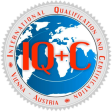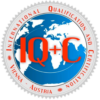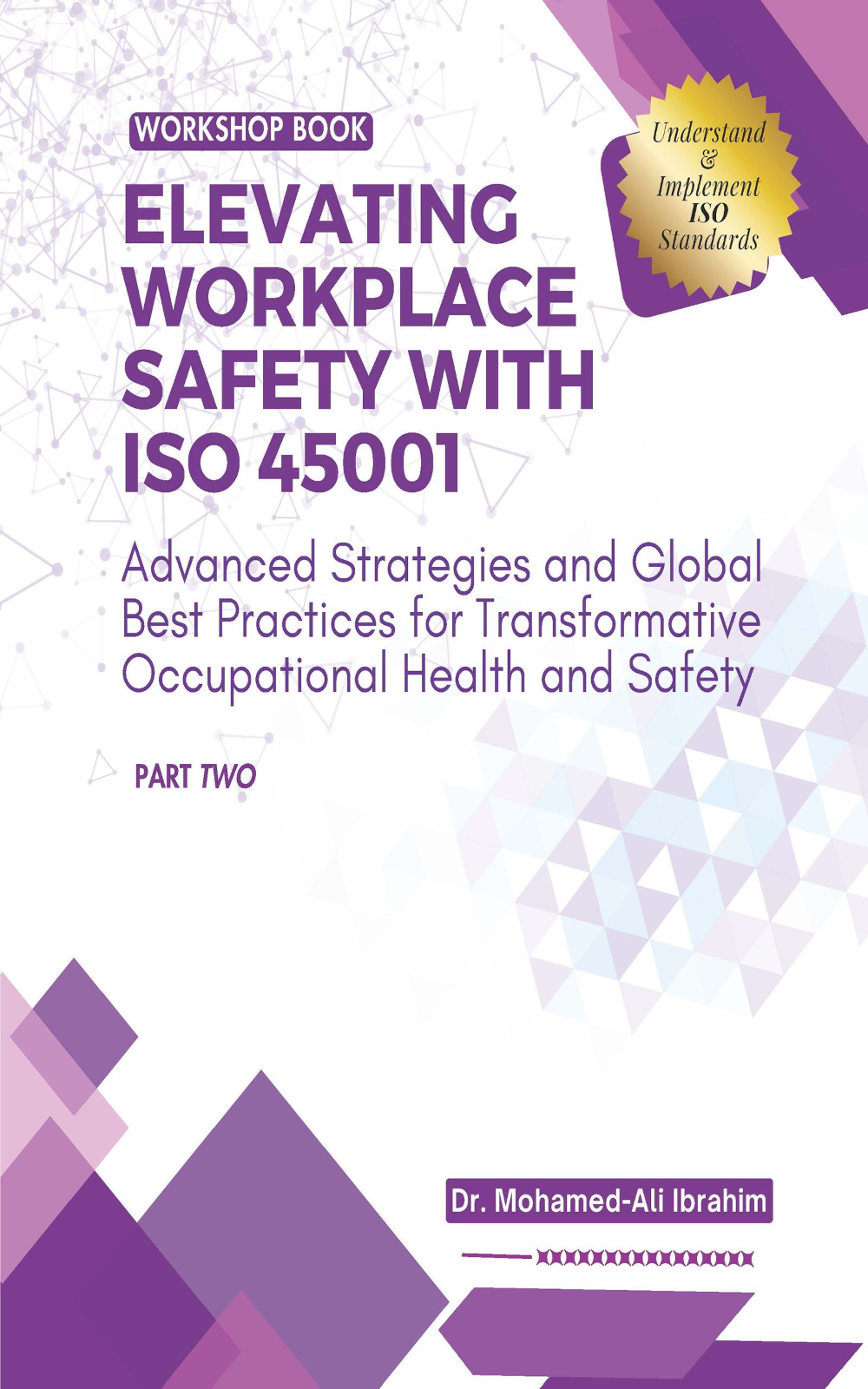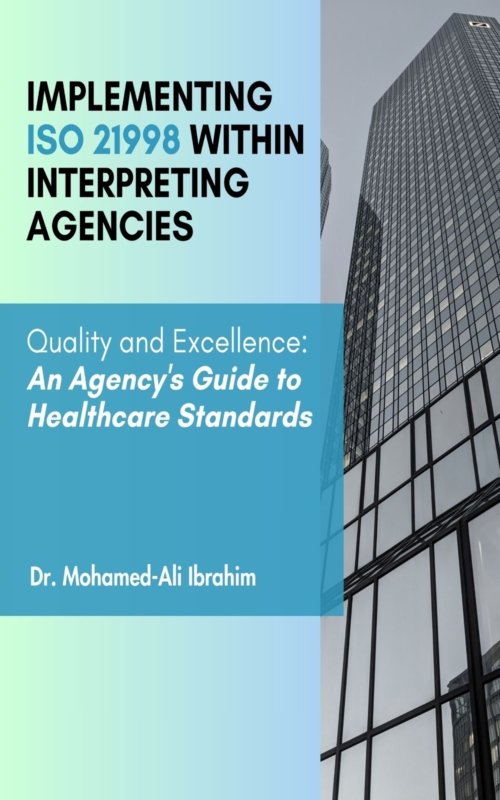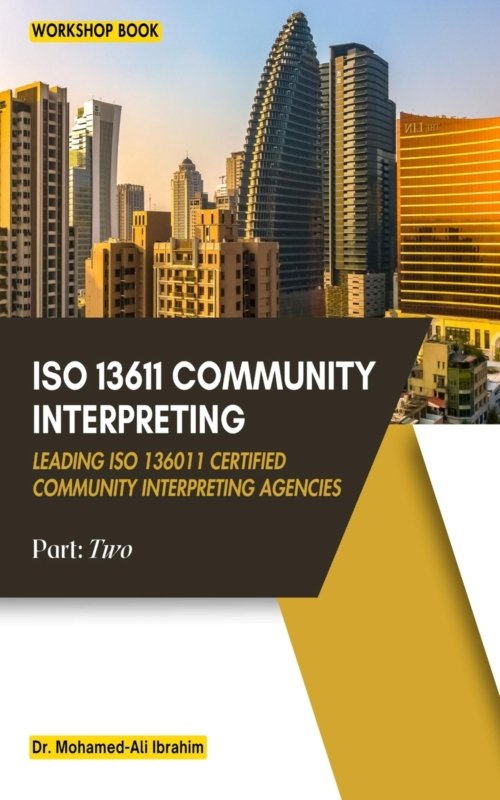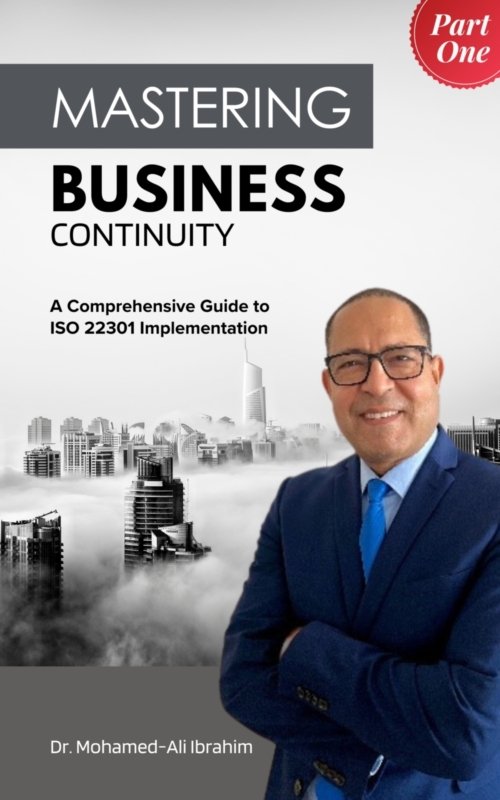Description
Advanced Strategies and Global Best Practices for Transformative Occupational Health and Safety
What’s Inside?
Introduction: Dive into the core essence of ISO 45001 and set the stage for the expert modules ahead.
Module 1: Advanced Risk Management Strategies:
1.1 Beyond Basic Compliance: Proactive Risk Management:
1.2 Advanced Techniques in Hazard Identification:
1.3 Psychological Health and Safety in the Workplace:
1.4 Risk Management in Complex Environments:
1.5 Integrating Technology in Risk Assessment:
1.6 Conclusion:
1.7 Questions:
Module 2: Cultural Change and Employee Engagement:
2.1. Building a Safety-First Culture:
2.2. Effective Communication Strategies for OHS:
2.3. Employee Empowerment and Participation:
2.4. Overcoming Resistance to Change:
2.5 Role of Leadership in Cultural Transformation:
2.6 Conclusion:
2.7 Questions:
Module 3: Performance Metrics and KPIs
3.1. Developing Effective OHS KPIs:
3.2. Linking OHS Performance to Business Outcomes:
3.3. Data-Driven Decision-Making in OHS:
3.4. Using Analytics for Continuous Improvement:
3.5. Benchmarking and Comparative Analysis:
3.6 Conclusion:
3.7 Questions:
Module 4: Legal Compliance and ISO 45001:
4.1. Navigating Global OHS Legal Requirements:
4.2. Compliance Auditing and Gap Analysis:
4.3. Responding to Legal Non-Compliance:
4.4. ISO 45001 and Corporate Governance:
4.5. Record-Keeping and Documentation Best Practices:
4.6 Conclusion:
4.7 Questions:
Module 5: Health and Well-being Programs:
5.1. Designing Effective Workplace Wellness Programs:
5.2. Mental Health and Stress Management:
5.3. Ergonomics and Workplace Design:
5.4. Occupational Health Services and Resources:
5.5. Monitoring and Reviewing Wellness Programs:
5.6 Conclusion:
5.7 Questions:
Module 6: Incident Investigation and Learning:
6.1. Root Cause Analysis Techniques:
6.2. Incident Reporting Systems:
6.3. Learning from Incidents and Near Misses:
6.4. Communicating Lessons Learned:
6.5. Continuous Improvement Post-Incident:
6.6 Conclusion:
6.7 Questions:
Module 7: Supply Chain and Contractor Management:
7.1. Extending OHS to the Supply Chain:
7.2. Contractor Selection and OHS Criteria:
7.3. Managing Contractor OHS Performance:
7.4. Collaborative Approaches to OHS in Supply Chains:
7.5. Auditing and Continuous Improvement in Supply Chain OHS:
7.6 Conclusion:
7.7 Question:
Module 8: Global Case Studies and Best Practices:
8.1. Case Studies from Various Industries:
8.2. Lessons Learned from OHS Leaders:
8.3. Innovative Approaches to OHS Management:
8.4. Overcoming Challenges in Diverse Work Environments:
8.5. Future Trends in Occupational Health and Safety: 8.6 Conclusion:
8.7 Questions:
Module 9: Questions & Answers :
Chapter 1: Advanced Risk Management Strategies:
Chapter 2: Cultural Change and Employee Engagement:
Chapter 3: Performance Metrics and KPIs:
Chapter 4: Legal Compliance and ISO 45001:
Chapter 5: Health and Well-being Programs:
Chapter 6: Incident Investigation and Learning:
Chapter 7: Supply Chain and Contractor Management:
Chapter 8: Global Case Studies and Best Practices:
Module 10: Glossary :
